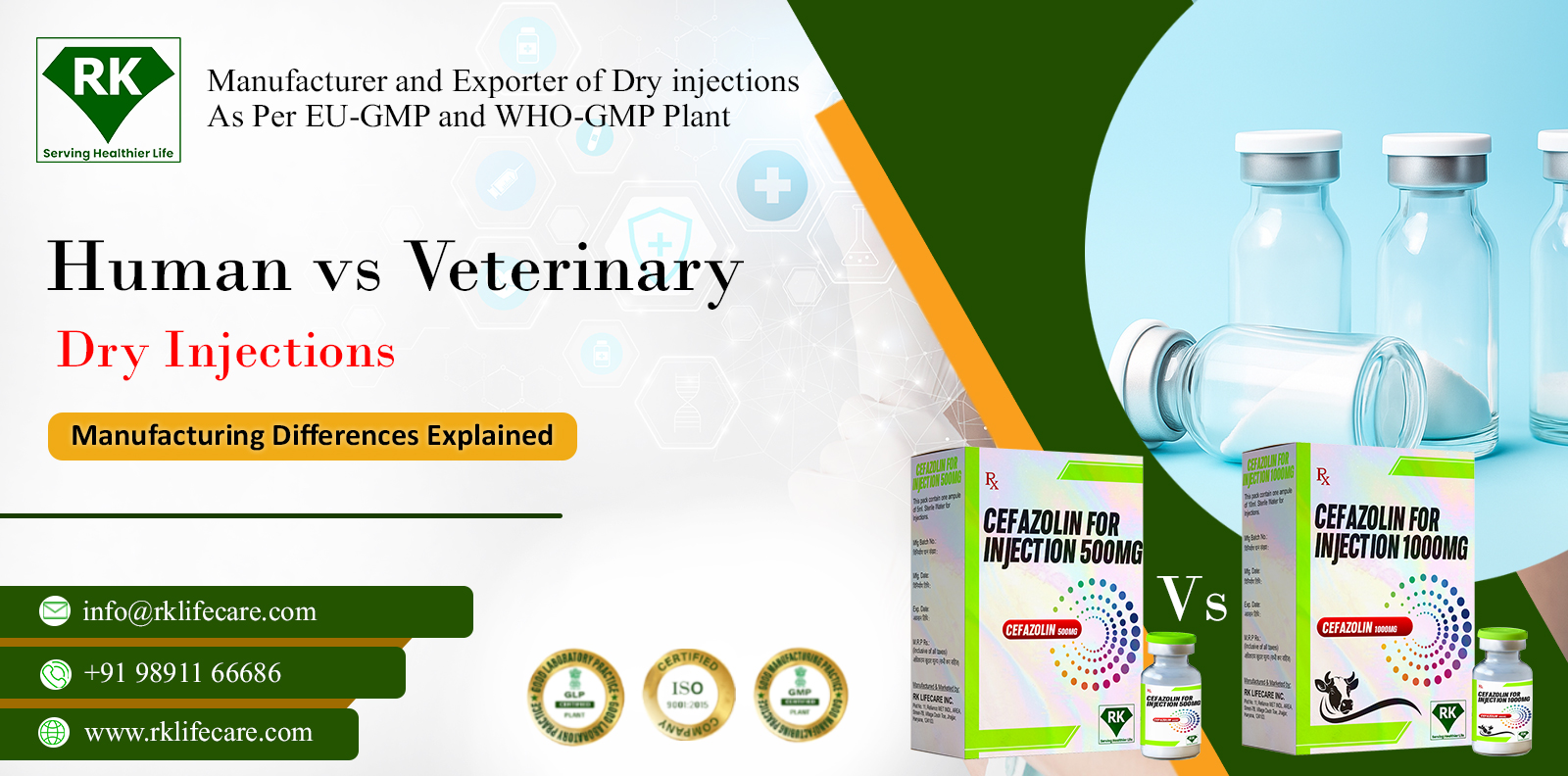
Dry injections — often referred to as lyophilized or freeze-dried injectables — are essential in both human and animal healthcare. They offer long-term stability, easy storage, and fast reconstitution.
However, the process of manufacturing dry injections is not the same for humans and animals. Each category has its own safety expectations, regulatory requirements, formulation needs, and packaging standards.
At RK LIFE CARE INC, we manufacture both human and veterinary dry injections in state-of-the-art sterile facilities. This blog explains the key differences between the two so that distributors, healthcare providers, and pharmaceutical partners can make informed decisions.
1. Regulatory Standards: The Biggest Difference
Human Dry Injections
Human medicines follow extremely strict approval processes. Agencies like:
- USFDA
- EMA
- CDSCO (India)
require pharmaceutical companies to follow:
- Highly controlled aseptic conditions
- Robust sterility assurance
- Cleanroom classifications (Grade A/B)
- Detailed documentation and batch traceability
- Any deviation can lead to rejection.
Veterinary Dry Injections
Veterinary medicines follow guidelines issued by:
- FDA-CVM
- European Veterinary Medicines Regulations
- Indian Veterinary Drug Standards
Although rigorous, veterinary regulations offer:
- Slightly wider impurity thresholds
- More flexibility in excipients
- Species-specific dosage requirements
RK LIFE CARE INC ensures both human and veterinary batches comply with all relevant guidelines of the destination market.
2. Formulation Differences
Human formulations prioritize:
- Ultra-high purity
- Minimal irritation
- Biocompatible excipients
- Precision dosing
Veterinary formulations depend on:
- Species type (cattle, horses, pets, poultry, etc.)
- Larger volume requirements
- Stability under farm-level storage
- Cost efficiency for mass treatment
Animals, especially livestock, can tolerate different ingredients and dosage scales compared to humans, which allows more formulation flexibility.
3. Sterility & Environmental Controls
Both categories require sterile conditions, but human dry injections demand tighter environmental control.
Human Dry Injection Sterility
- Aseptic filling in Grade A/B zones
- HEPA-filtered clean air
- Continuous microbial and particulate monitoring
- Higher sterility assurance levels
Veterinary Dry Injection Sterility
- Still manufactured in sterile environments
- Requirements vary by country and species
- Larger batch operations are common
At RK LIFE CARE INC, separate production areas are used to avoid cross-contamination between human and veterinary lines.
4. Packaging & Labeling Considerations
Human Dry Injection Packaging
- Premium quality glass vials
- Tamper-evident seals
- Clear dosage and safety information
- USP/EP-compliant components
Veterinary Dry Injection Packaging
- Larger vial sizes for livestock usage
- Durable packaging for rural or farm storage
- Species-specific labeling instructions
- Cost-effective materials for large-scale treatments
RK LIFE CARE INC tailors packaging based on regulatory needs and customer requirements.
5. Cost & Manufacturing Scale
Human products:
- Smaller production batches
- Higher quality control costs
- Detailed testing procedures
Veterinary products:
- Larger batch sizes
- Lower per-unit cost
- Wider distribution needs (farms, veterinary hospitals, feeders)
Through efficient and automated freeze-drying systems, RK LIFE CARE INC maintains high quality while keeping costs competitive.
Conclusion
While the scientific process of freeze-drying remains the same, the manufacturing of human and veterinary dry injections differs greatly. From regulations and sterility standards to formulations and packaging, each category has unique expectations that manufacturers must respect.
At RK LIFE CARE INC, we combine advanced technology with strict compliance to produce safe, effective dry injections for both human and veterinary use. Our goal is to support healthcare professionals, veterinarians, and distributors with reliable pharmaceutical solutions they can trust.
Human vs veterinary dry injection manufacturing explained. RK LIFE CARE INC ensures quality, safety, and compliance for both human and animal injectables.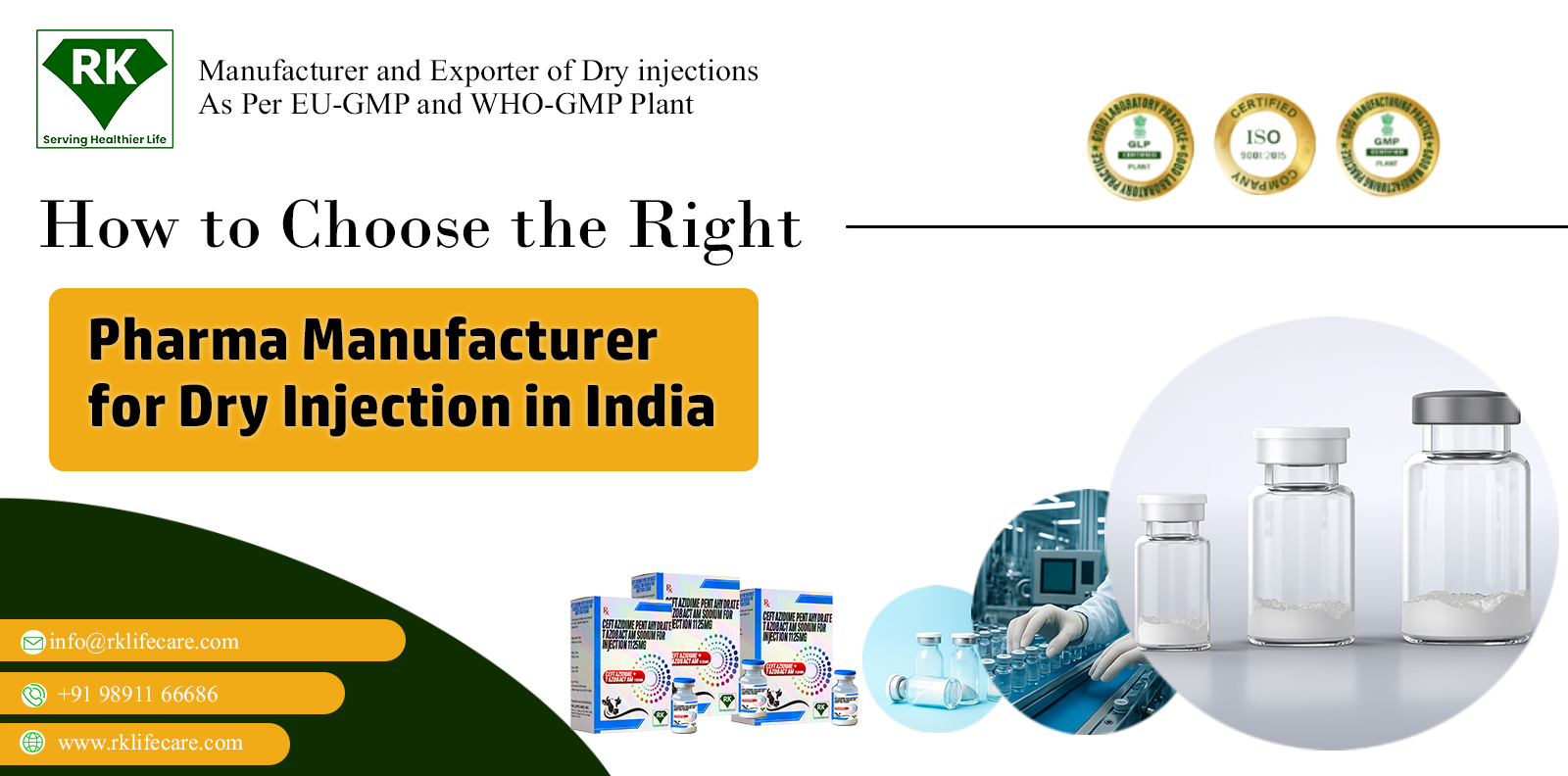
03 Dec 2025
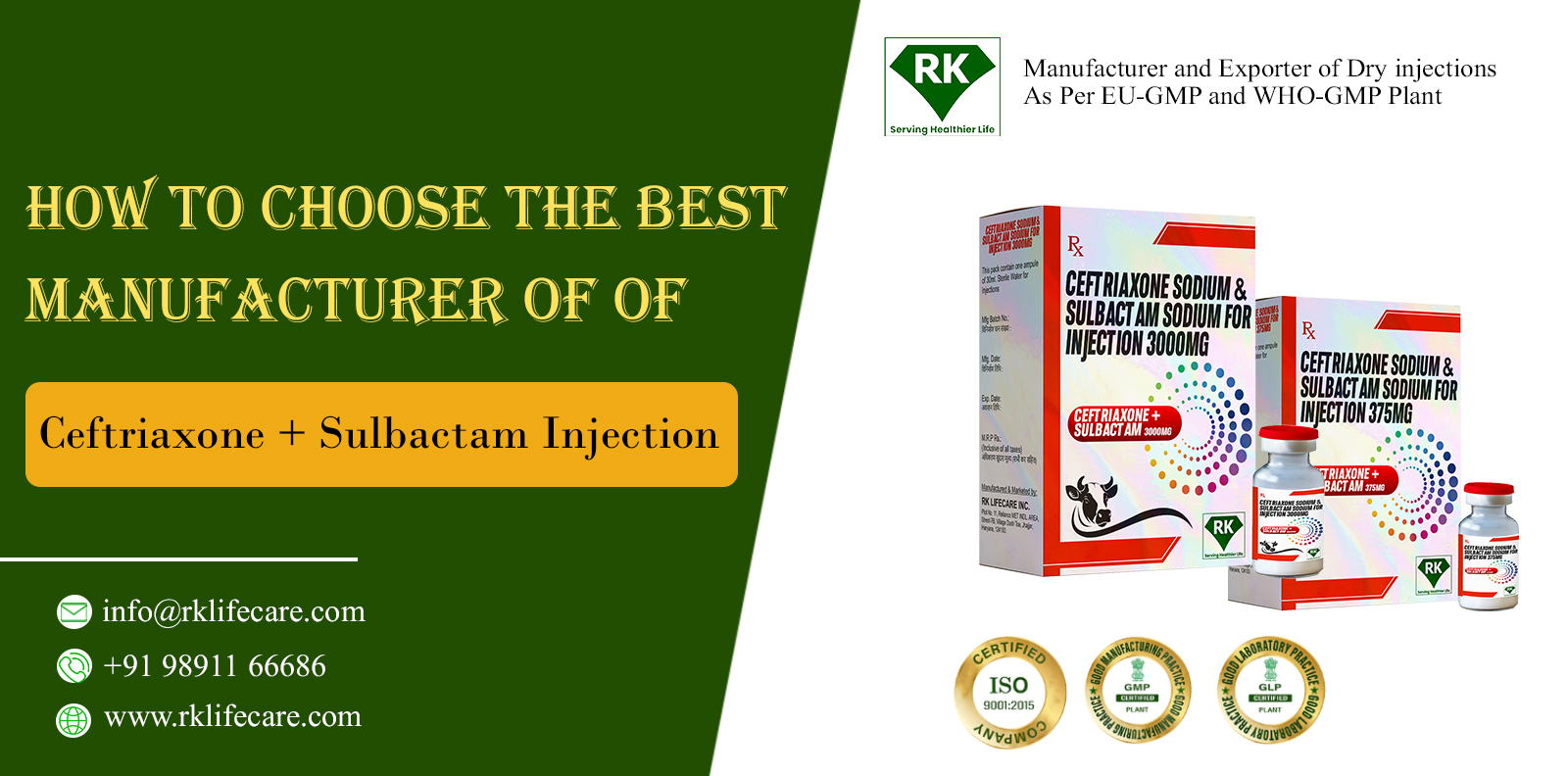
02 Dec 2025

28 Nov 2025
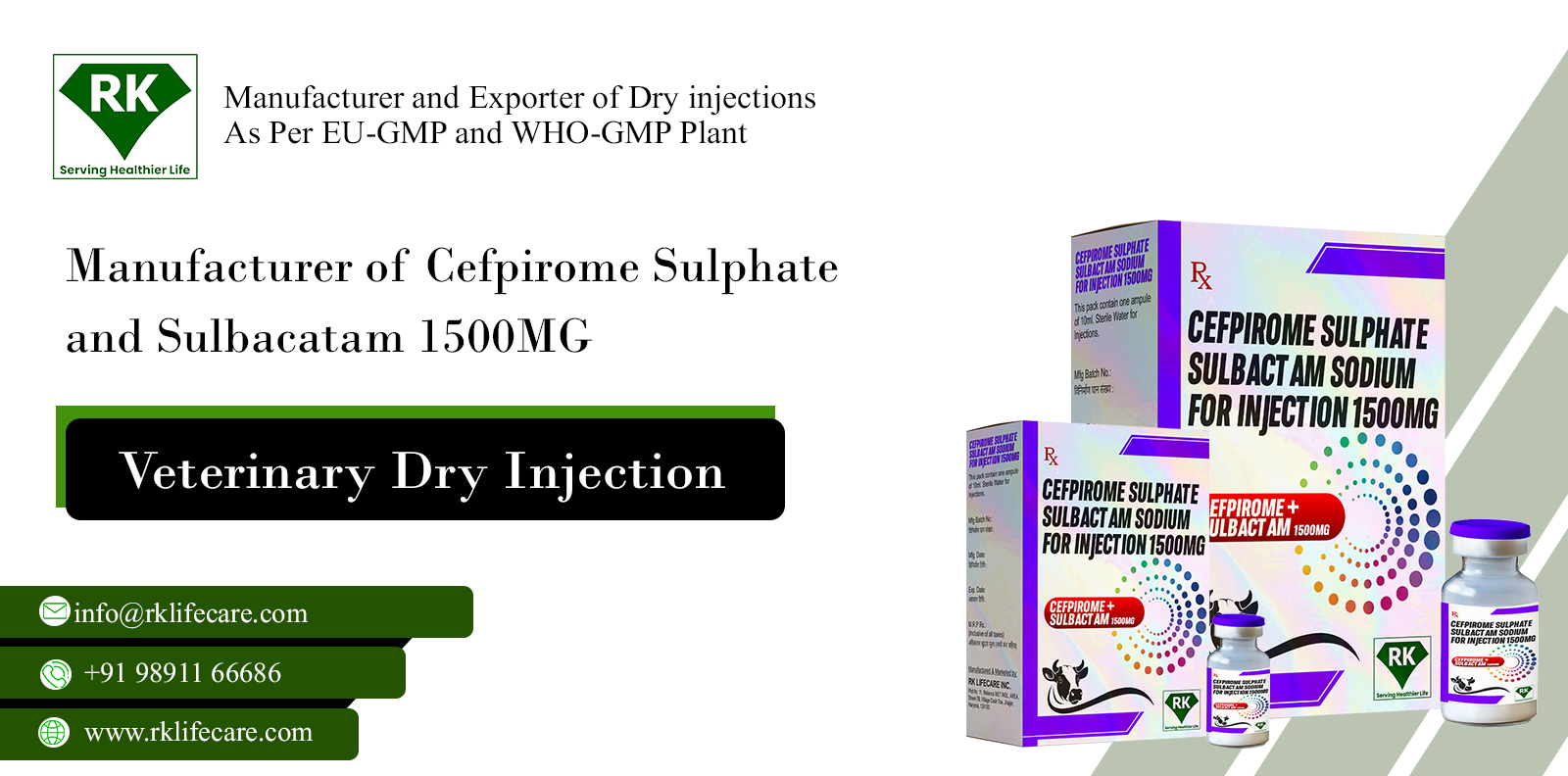
31 Oct 2025
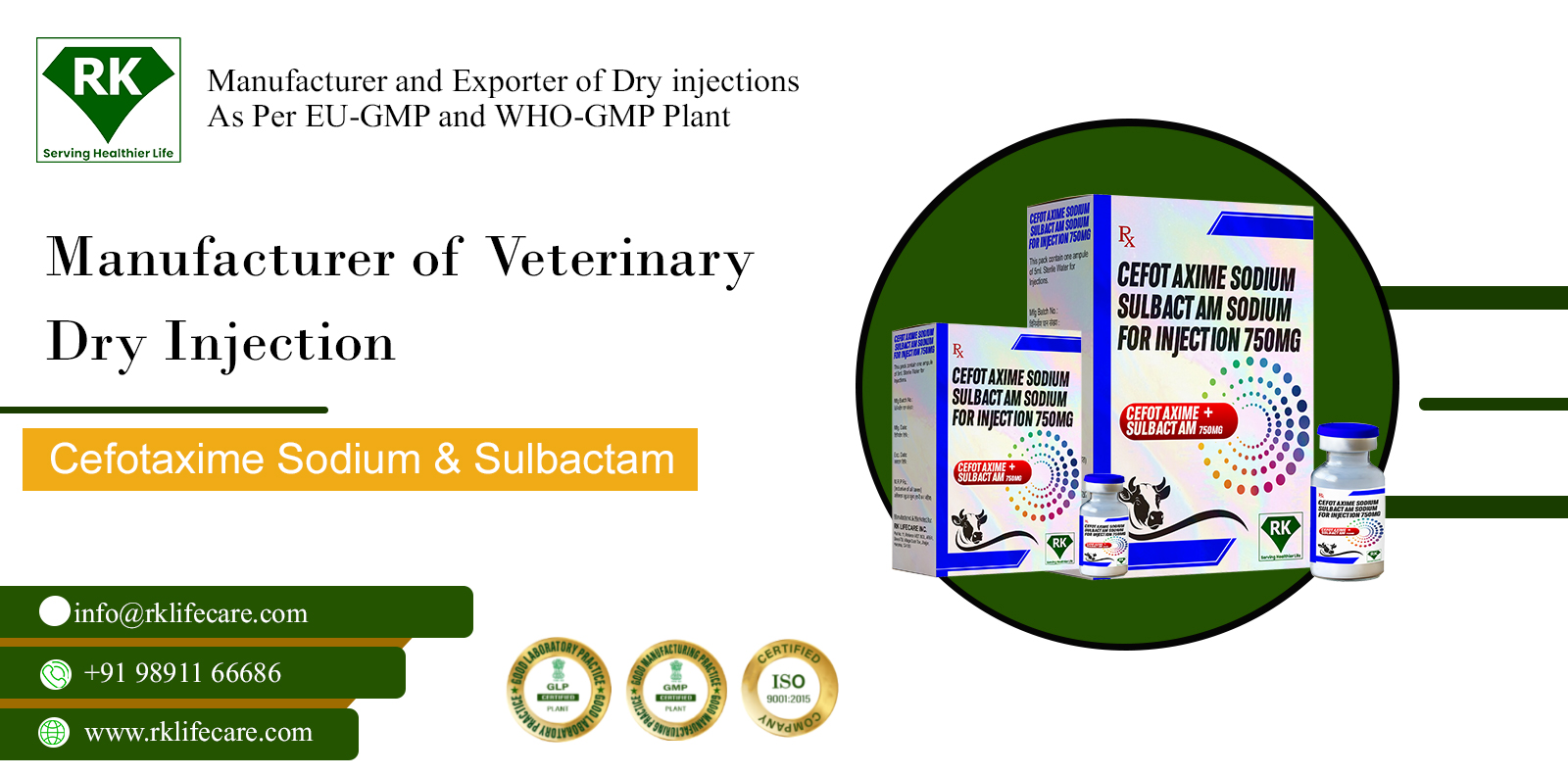
30 Oct 2025